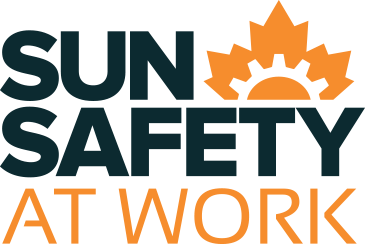Download all sun safety facts.
Each year there are over 80,000 new cases of skin cancer in Canada, making it the most diagnosed type of cancer. There are also over 1,500 deaths from skin cancer each year and rates are increasing.1
- 1. Canadian Cancer Society’s Advisory Committee on Cancer Statistics. (2014). Cancer Statistics 2014. Toronto, ON: Canadian Cancer Society.

